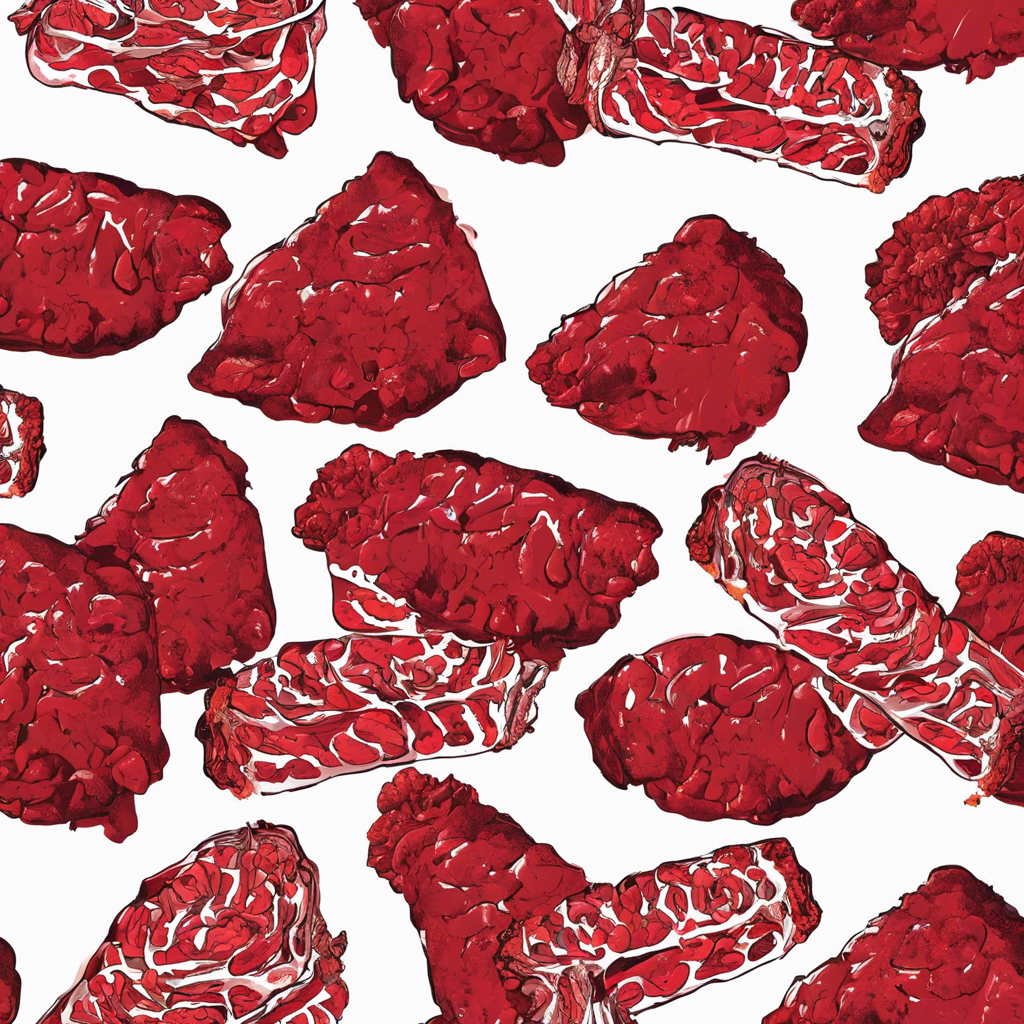Cooking meat until there’s no pink left is a common rule of thumb, but it could actually do more harm than good. New research shows that overcooking meat may increase the risk of disease and reduce nutritional value.
According to the USDA, meat such as beef, pork, and lamb should be cooked to an internal temperature of at least 145 degrees Fahrenheit or 63 degrees Celsius. At this temperature, meat is considered “safe” to eat. However, cooking meat beyond this point provides little benefit and can actually introduce harmful compounds.
When meat is overcooked at high temperatures, compounds called advanced glycation end products (AGEs) form. AGEs are harmful molecules that are linked to increased inflammation and the risk of disease. Eating too many AGEs from overcooked meat has been tied to a higher risk of diabetes, heart disease, and some cancers.
Overcooking meat can also reduce its nutritional value. Meat contains many B vitamins, iron, zinc and other minerals — and many of these nutrients start to break down at high cooking temperatures. In some cases, overcooking meat may reduce its nutrient content by up to 50 percent.
While foodborne illness is a concern, especially for young children, pregnant women, older adults and people with weakened immune systems, the risks are often overblown. According to recent estimates, only about 1 in 10,000 meals results in foodborne illness. Properly cooking meat to the recommended internal temperature kills bacteria like E. coli and Salmonella and makes the meat safe for most people to eat.
Some tips for cooking meat without overdoing it:
•Use a meat thermometer to check that the internal temperature reaches the proper level. For most meats, 145 F is sufficient.
•Let the meat rest for 5 to 10 minutes before cutting or serving. The internal temperature will continue to rise slightly as it rests.
•Choose cooking methods that don’t require high, direct heat, such as braising, stewing, or slow cooking in a crockpot. These gentle cooking methods minimize the formation of AGEs.
•Don’t overcrowd the pan when cooking meat. Too many pieces of meat in the pan lowers the temperature and results in overcooking.
•For grilling or pan-searing, keep a close eye on the meat. These high-heat methods require frequent flipping and removal from the heat source to prevent overcooking.
•Consider eating less meat and more plant-based sources of protein. Not only does this reduce health risks associated with overcooked meat but it is also better for the environment.
Most nutrition experts agree that eating some unprocessed red meat in moderation can absolutely be part of a healthy diet. However, how the meat is cooked plays an important role in both its nutritional value and potential health effects. Following a few simple tips to avoid overcooking meat may help you improve the overall quality of your diet and reduce health risks. Moderation and balance are key.
